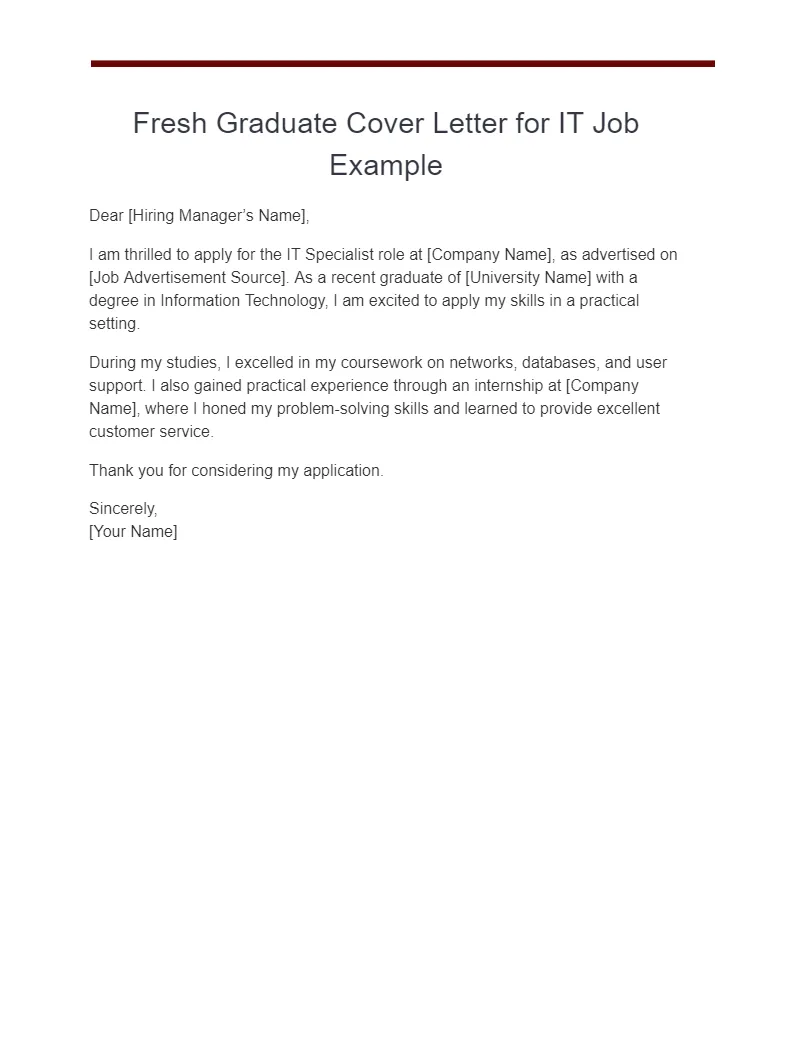Understanding Cover Letter Essentials
As a recent college graduate, the job market can feel daunting. One crucial tool in your arsenal is a well-crafted cover letter. It’s more than just a formality; it’s your first opportunity to make a strong impression and demonstrate why you’re the perfect fit for a role. Understanding the essentials involves knowing its purpose: to introduce yourself, highlight relevant skills and experiences, and express genuine enthusiasm for the position and the company. A cover letter should complement your resume, providing context and personality that a list of accomplishments alone cannot convey. Remember that each cover letter should be customized for the specific job application; generic letters often fail to capture the attention of hiring managers. Careful consideration of the key components – a compelling opening, focused body paragraphs, and a strong closing – is essential for success. A well-written cover letter is your chance to stand out from the crowd and secure an interview, paving the way toward your career goals.
Why Cover Letters Matter for Recent Graduates
For recent graduates, a cover letter serves as a critical bridge between academic achievements and professional aspirations. Without extensive work experience, a cover letter allows you to articulate how your skills, education, and internships translate into value for the prospective employer. It provides an opportunity to explain gaps in your resume or address any concerns a hiring manager might have. It showcases your communication skills, a vital asset in any professional environment. Moreover, it demonstrates your initiative and willingness to go the extra mile, as many candidates overlook this essential step. A cover letter gives you the chance to show your personality, enthusiasm, and genuine interest in the specific role and company. In a competitive job market, a well-written cover letter can be the deciding factor in getting your resume noticed and securing an interview. It is your personal sales pitch; make it count.
Highlighting Your Skills and Experience
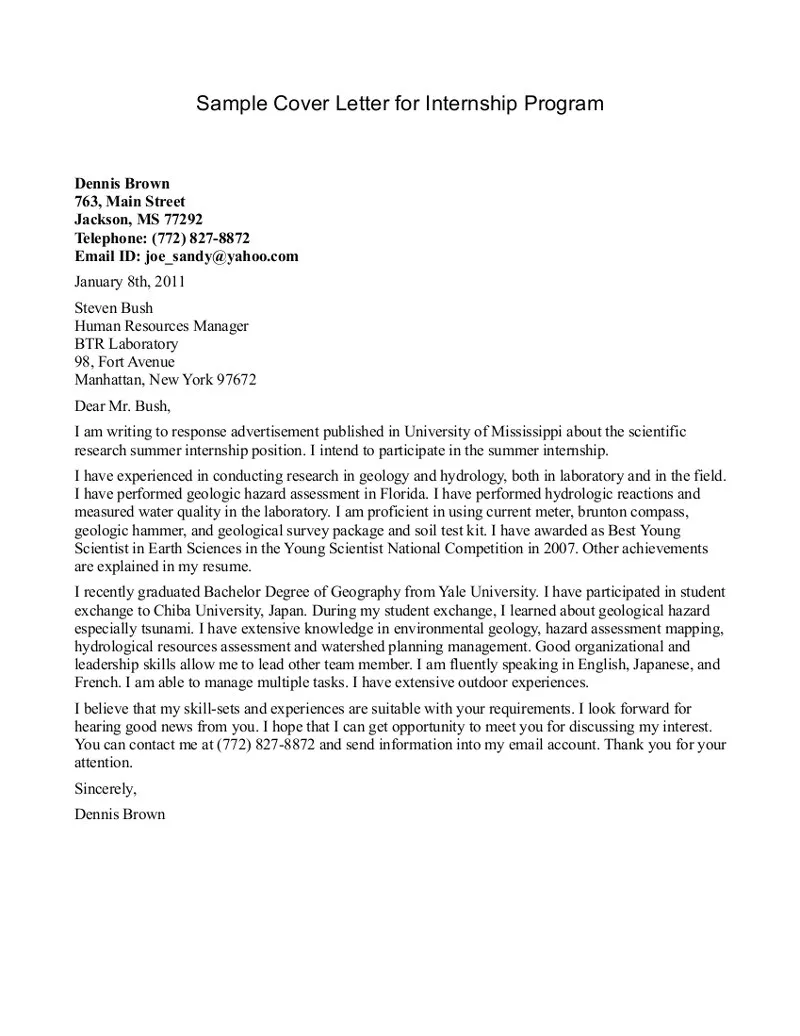
When highlighting your skills and experience, focus on what makes you unique and relevant to the job. Begin by carefully reviewing the job description and identifying the key skills and qualifications the employer is seeking. Then, reflect on your experiences – coursework, projects, internships, volunteer work – and identify instances where you developed and utilized these skills. Instead of simply listing your responsibilities, use the STAR method (Situation, Task, Action, Result) to provide concrete examples of your accomplishments. Quantify your achievements whenever possible; for example, instead of saying ‘Managed social media accounts,’ you might say ‘Increased social media engagement by 30% within six months.’ Tailor your skills section to each job application, ensuring that the skills you emphasize align with the employer’s needs. This demonstrates your ability to understand the role and your potential to excel in it. Remember to use action verbs to describe your accomplishments, making your cover letter dynamic and engaging.
Showcasing Academic Achievements
Your academic achievements are a significant part of your profile as a recent graduate, and they deserve a prominent place in your cover letter. This is particularly true if you lack extensive professional experience. Highlight your relevant coursework, projects, and any research you’ve conducted. Mention your GPA if it’s above average and if the job description stresses academic excellence. Also, include any awards, honors, or scholarships you’ve received. Describe any significant projects or theses you completed, explaining your role and the outcomes. Showcase how your academic experiences have prepared you for the role. Remember to connect your academic achievements directly to the job requirements. This helps potential employers understand that you possess the necessary knowledge base and analytical skills to succeed in the position. Emphasize how your education has provided you with the necessary skills and the capacity to learn quickly.
Demonstrating Relevant Skills and Abilities
Beyond academic achievements, demonstrate the practical skills and abilities that make you a strong candidate. These include technical skills (such as proficiency in software or programming languages) and soft skills (such as communication, teamwork, and problem-solving). To effectively demonstrate these skills, provide specific examples of how you’ve utilized them in the past. For instance, if you’re highlighting your teamwork abilities, describe a project where you collaborated with others to achieve a common goal. If you’re showcasing your problem-solving skills, detail a situation where you successfully overcame a challenge. Consider including skills mentioned in the job description. Avoid generic statements. Instead, use the STAR method to provide concrete examples. This approach helps employers visualize your capabilities and assess your potential to contribute to their team. Tailoring the skills section to match the job description is crucial.
Tailoring Your Cover Letter to the Job

One of the most crucial secrets to a successful cover letter is tailoring it specifically to the job you’re applying for. Generic cover letters are easily identified and often discarded. Before you start writing, carefully read the job description and identify the key requirements, skills, and qualifications the employer is seeking. Then, customize your letter to address those specific needs. Highlight your skills and experiences that align with the job requirements, providing concrete examples of how you’ve demonstrated those skills in the past. Mention the company by name and show that you’ve researched their mission, values, and recent activities. This demonstrates your genuine interest and shows that you’ve taken the time to understand the role and the company. Always adjust your cover letter to reflect the specific language and tone of the job posting. This will increase your chances of grabbing the hiring manager’s attention and securing an interview.
Researching the Company and the Role
Thorough research is essential for creating a compelling cover letter. Start by researching the company’s mission, values, and recent activities. Visit their website, explore their social media presence, and read news articles about the company. This information will give you a better understanding of their culture and priorities. Then, research the specific role you’re applying for. Understand the responsibilities, the required skills, and the potential career path. This information will help you tailor your cover letter to address the specific needs of the role. Use the company’s language and tone in your cover letter to show that you understand their brand. Mention specific projects or initiatives the company is involved in that resonate with your interests or skills. By demonstrating your knowledge of the company and the role, you’ll show that you’re genuinely interested and prepared for the opportunity. This level of preparation can set you apart from other applicants and showcase your professional commitment.
Formatting Your Cover Letter for Impact
Effective formatting makes your cover letter easy to read and visually appealing. Begin with a professional header that includes your contact information (name, phone number, email address, and LinkedIn profile URL). Use a standard business letter format. Include the date, the hiring manager’s name and title (if available), and the company’s address. Choose a readable font, such as Times New Roman, Arial, or Calibri, with a font size between 11 and 12 points. Use consistent spacing and margins throughout the document, usually 1-inch margins on all sides. Break up the text into short, concise paragraphs to improve readability. Use bullet points or numbered lists to highlight key skills, achievements, or responsibilities. Proofread your cover letter carefully to eliminate any grammatical errors or typos. A well-formatted cover letter demonstrates your attention to detail and professionalism.
Choosing the Right Font and Layout
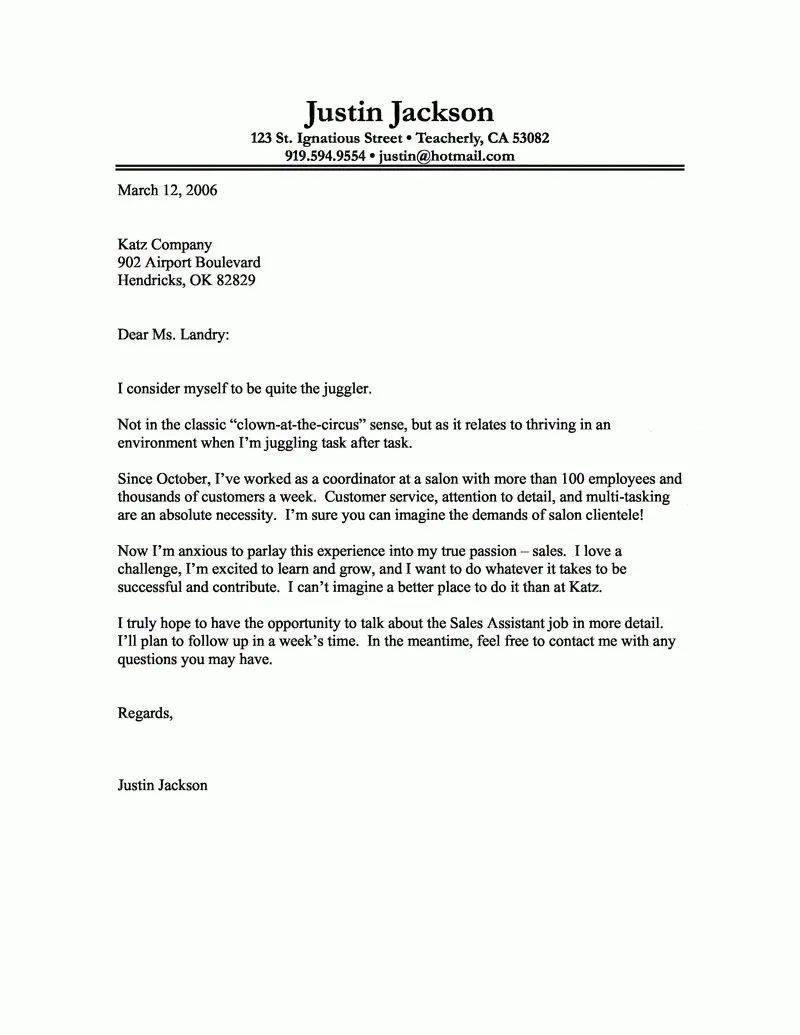
The font and layout you choose significantly impact the readability and visual appeal of your cover letter. Opt for a professional and easily readable font, such as Times New Roman, Arial, Calibri, or Helvetica. Avoid overly decorative or unusual fonts, as they can distract the reader. Maintain a consistent font size between 11 and 12 points. Use a clear and uncluttered layout. Use white space effectively to separate sections and make the text more accessible. Use a standard business letter format, with a clear header, salutation, body paragraphs, and closing. Left-align your text. Avoid centering your text, as it can be difficult to read. Use consistent spacing and margins throughout the document, typically 1-inch margins on all sides. A well-chosen font and a clean layout will make your cover letter more inviting and professional.
Writing a Compelling Opening
The opening of your cover letter is your first and often only opportunity to grab the hiring manager’s attention. Avoid generic openings like ‘To Whom It May Concern’ or ‘I am writing to express my interest.’ Instead, personalize your opening and show genuine enthusiasm for the role. If possible, address the hiring manager by name (researching this information can be very beneficial). Immediately state the position you’re applying for and where you saw the job posting. Then, briefly highlight your most relevant skills or experiences that align with the job requirements. Consider using a strong opening statement that captures the reader’s attention. For instance, you could start with a compelling anecdote, a bold statement about your achievements, or a clear demonstration of your understanding of the company’s needs. The goal is to make the reader want to learn more about you and read the rest of your letter. Your opening is a crucial element in making a positive first impression.
Crafting a Strong Body Paragraph
The body of your cover letter is where you showcase your skills, experiences, and qualifications. Each paragraph should focus on a specific aspect of your background and how it relates to the job requirements. Use the STAR method (Situation, Task, Action, Result) to provide concrete examples of your accomplishments. Describe the situation, the task you were assigned, the action you took, and the positive result. Quantify your achievements whenever possible. For instance, instead of saying ‘Improved customer service,’ say ‘Improved customer satisfaction scores by 15%.’ Tailor your body paragraphs to each job application, ensuring that the skills and experiences you emphasize align with the employer’s needs. Show, don’t tell. Use action verbs and provide specific examples to demonstrate your capabilities. Use a tone that is professional, enthusiastic, and reflects your genuine interest in the role and the company. Organize your paragraphs logically, creating a clear narrative that highlights your qualifications and explains why you are a good fit for the position.
Quantifying Your Accomplishments

Quantifying your accomplishments is a powerful way to demonstrate your value to a potential employer. Instead of making vague claims about your skills and experiences, use numbers, data, and metrics to illustrate your achievements. When describing your accomplishments, include specific details such as percentages, dollar amounts, timeframes, and quantifiable results. For instance, if you improved sales, state the percentage increase or the total dollar amount of the sales. If you managed a project, mention the budget, the number of team members, and the timeframe. Providing concrete data not only adds credibility to your claims but also allows employers to see the tangible impact you’ve made. Quantifying your accomplishments helps you stand out from other applicants and shows that you can deliver results. Review your past experiences and identify opportunities to include quantifiable results. This is one of the most effective ways to make your cover letter stand out and demonstrate your value.
Highlighting Your Soft Skills
While technical skills are essential, highlighting your soft skills is equally important in a cover letter. Soft skills are interpersonal abilities, such as communication, teamwork, problem-solving, and leadership. These skills demonstrate your ability to interact effectively with others, adapt to different situations, and contribute to a positive work environment. When highlighting your soft skills, provide specific examples of how you’ve demonstrated them in the past. For instance, if you’re showcasing your communication skills, describe a situation where you effectively presented information or resolved a conflict. If you’re highlighting your teamwork abilities, detail a project where you collaborated with others to achieve a common goal. Always align your soft skills with the requirements of the job. Use the language and terminology from the job description to help the hiring manager understand how your soft skills align with their needs. Provide concrete examples to illustrate each skill, using the STAR method when applicable.
Creating a Powerful Closing
Your closing is your final opportunity to leave a lasting impression. Restate your interest in the position and reiterate why you’re a strong candidate. Express your enthusiasm for the opportunity and the company. Summarize the key qualifications you’ve presented and how they align with the job requirements. Include a call to action, such as requesting an interview. Make it easy for the hiring manager to take the next step by providing your contact information, and thanking them for their time and consideration. Use a professional closing, such as ‘Sincerely,’ ‘Best regards,’ or ‘Thank you.’ Proofread your closing carefully to eliminate any errors. Your closing should reinforce your qualifications and leave the reader with a positive and memorable impression.
Including a Call to Action
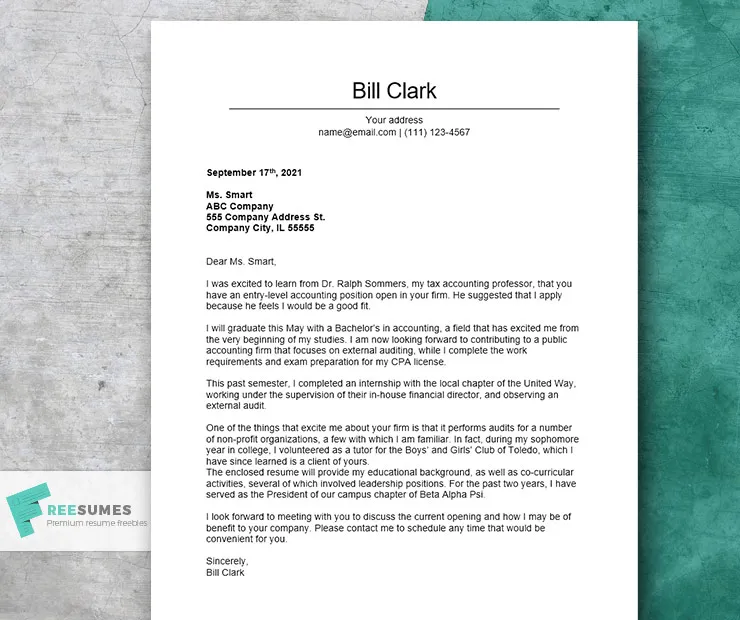
A call to action is a direct instruction that prompts the reader to take the next step, typically requesting an interview. Include a clear and concise call to action in your closing paragraph. For example, you could say, ‘I am eager to learn more about this opportunity and discuss how my skills and experiences can benefit your team. I am available for an interview at your earliest convenience.’ Or, you could state, ‘Thank you for your time and consideration. I look forward to the opportunity to discuss my qualifications further and can be reached at [your phone number] or [your email address].’ A call to action should always be specific, and relevant to the job. Make sure it is polite and professional. By including a call to action, you are prompting the hiring manager to take the initiative, increasing the likelihood of receiving an interview invitation. This is an effective way to move the application process forward.
Proofreading and Editing Your Cover Letter
Proofreading and editing your cover letter are essential steps to ensure it is polished and professional. Errors, even minor ones, can create a negative impression and damage your chances of getting an interview. After completing your cover letter, carefully proofread it for any grammatical errors, typos, and spelling mistakes. Use a grammar checker and a spell checker, but also read the letter slowly and carefully, preferably out loud. Ask a friend, family member, or career advisor to review your cover letter for any errors. Pay close attention to the formatting, ensuring that the margins, spacing, and font are consistent. Make sure that you have used the correct names, titles, and contact information. Ensure that your content is clear, concise, and easy to read. A well-proofread and edited cover letter demonstrates your attention to detail and professionalism, increasing the likelihood of securing an interview.
Avoiding Common Cover Letter Mistakes
Avoiding common cover letter mistakes is vital to making a positive impression. One of the most common mistakes is submitting a generic cover letter that’s not tailored to the specific job or company. Another mistake is simply restating your resume instead of providing additional context, demonstrating your skills, and showing your personality. Other common errors include grammatical errors, typos, and spelling mistakes. A lack of research about the company or the role can also be detrimental, showing a lack of genuine interest. Failing to highlight the key skills and qualifications the employer is seeking or using an unprofessional tone or language can hurt your chances. Be careful of including irrelevant information or exaggerating your accomplishments. Always keep the tone professional and enthusiastic. By avoiding these common mistakes, you increase your chances of standing out from the competition and getting an interview. A well-crafted and customized cover letter can make a significant impact.
Using Active Voice and Strong Verbs
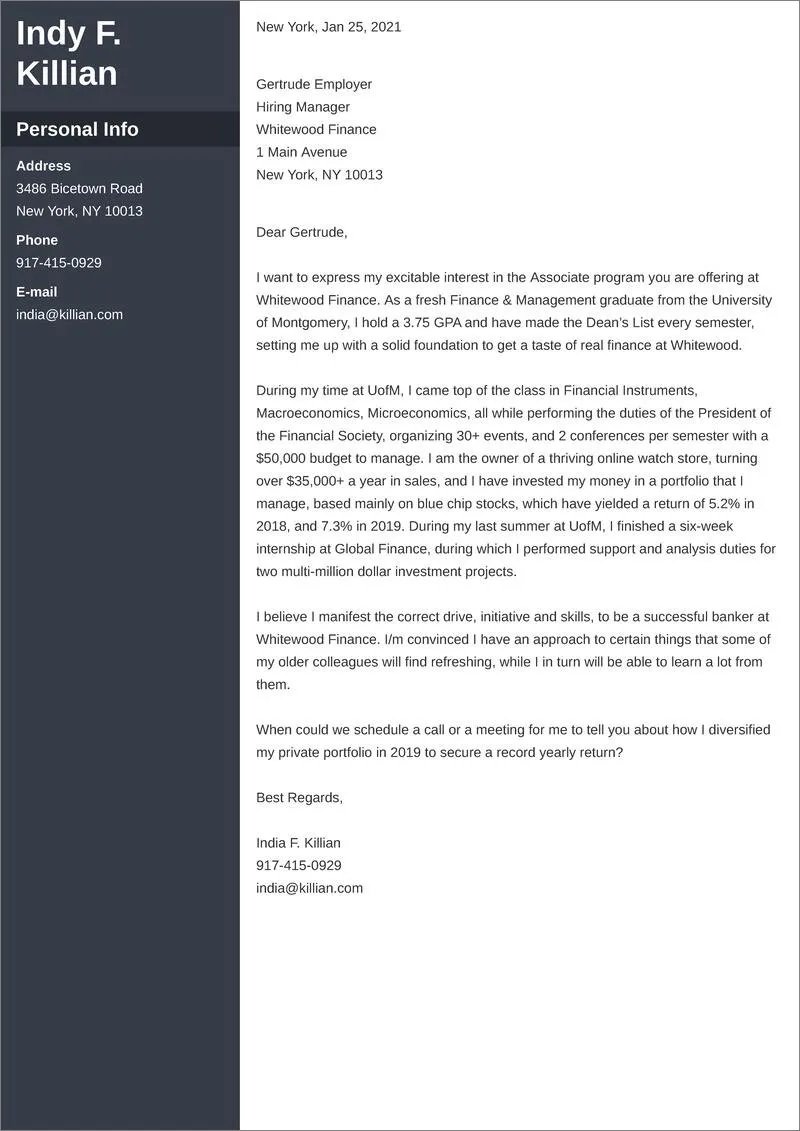
Using active voice and strong verbs makes your cover letter more dynamic, engaging, and persuasive. Active voice emphasizes the subject performing the action, making your writing clearer and more direct. Instead of writing ‘The project was managed by me,’ write ‘I managed the project.’ Use strong verbs to describe your actions and accomplishments. Verbs like ‘managed,’ ’led,’ ‘created,’ ‘achieved,’ and ‘developed’ convey a sense of action and competence. Avoid weak verbs, such as ‘was,’ ‘were,’ and ‘had,’ as they make your writing passive and less impactful. Choose verbs that accurately describe your skills and experiences, and use a variety of verbs to keep your writing interesting. Active voice and strong verbs demonstrate your professionalism and help to make your cover letter more compelling, increasing your chances of capturing the hiring manager’s attention.
Focusing on Achievements Over Responsibilities
When writing your cover letter, focus on your achievements rather than simply listing your responsibilities. Hiring managers are more interested in what you accomplished and the results you achieved than in the tasks you performed. Describe your achievements using the STAR method (Situation, Task, Action, Result) to provide concrete examples. Quantify your accomplishments whenever possible by including numbers, data, and metrics. For instance, instead of saying ‘Managed social media accounts,’ say ‘Increased social media engagement by 30% within six months.’ By focusing on achievements, you demonstrate your value and show the potential employer what you can bring to the role. Make sure your accomplishments are relevant to the job requirements. This approach makes your cover letter more compelling and demonstrates your ability to deliver results, setting you apart from other candidates and showing that you can make a meaningful contribution to the company.
Cover Letter Examples for Inspiration
Reviewing cover letter examples can provide inspiration and guidance as you create your own. Look for examples tailored to your industry, the types of jobs you’re applying for, and your experience level. Pay attention to how the examples are structured, the language they use, and the tone they employ. Identify the elements that make the examples effective, such as their compelling openings, their focus on accomplishments, and their clear calls to action. Don’t copy the examples verbatim, but use them as a starting point. Tailor the examples to your own background and the specific requirements of each job. Analyze various examples to get a feel for different styles. Many websites and resources offer cover letter examples, templates, and guides, so take advantage of these resources to learn how to write a compelling cover letter that stands out. Use these examples as a model to create your own successful cover letter.
Cover Letter Template for Recent Grads

Using a cover letter template can help you structure your letter effectively and ensure you include all the necessary elements. Numerous cover letter templates are available online. When selecting a template, choose one that is well-formatted, professional, and suitable for your industry and the types of jobs you’re applying for. The basic structure of a cover letter template typically includes a header with your contact information, a salutation, an opening paragraph, body paragraphs highlighting your skills and experiences, and a closing paragraph with a call to action. Tailor the template to each job application, customizing the content to align with the job requirements and demonstrating your specific skills and experiences. Ensure you proofread and edit your cover letter carefully. By starting with a template, you will streamline the process of creating a compelling cover letter, making it easy to adapt to your specific needs.
